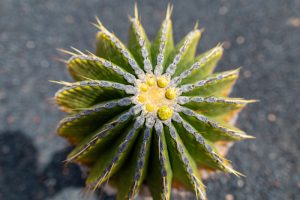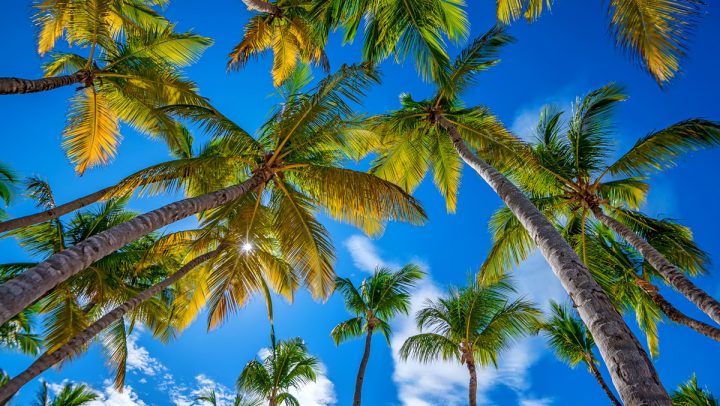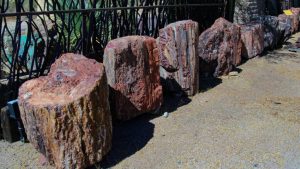How To Save A Dying Cactus

If you are searching for “how to save a dying cactus” or “how to revive a plant,” this post will offer tips on saving your valued desert plants.
5 Steps To Saving A Dying Cactus
Here is a step-by-step guide to reviving your cactus:
- Cut away rotting parts.
- Change your watering patterns.
- Control pest problems.
- Adjust daily sunlight.
- Rinse off any dust and dirt.
Cut Away Rotting Parts
A typical sign of overwatering is when you begin to notice parts of your cactus rotting away. Black or brown spots that have been discovered need to be cut away immediately. Then, you can decide whether or not you’d like to re-pot the plant or simply wait until the current soil is completely dry before watering again. Follow this exact mixture if you do end up re-potting the cactus: one part peat, two parts garden soil, and two parts coarse sand.
Change Your Watering Patterns
Remember, always make sure the cactus soil is completely dried out before watering the plant. This is the main cause of rotting, as stated above. If the cactus appears wilted or wrinkled, it needs to be watered. Pot your cactus in an area where excess water drains with ease. Adjust watering patterns by the season and temperature. Watering once a week while during the hotter months, while adding water only when the soil is dry during colder months is suggested. If you keep your cactus outdoors, always check the moisture of the soil.
Control Pest Problems
This is a common cactus killer, unfortunately. Infestations of pests and insects can cause the cactus to appear yellow. The two agents that will cause your cactus the most harm are typically spider mites and mealybugs. Check your local landscape materials provider for solutions that can keep these pests away. Spider mites can, in some cases, be taken out by rubbing alcohol.
Adjust Daily Sunlight
The placement of your cactus, either indoors or outdoors, is extremely important. Based on location, the cactus may be receiving too little or too much sunlight, daily. A narrowing or rounding of the plant means more sunlight is needed. If keeping the plant indoors, make sure it is in a spot where it receives the most sunlight possible.
Rinse Off Any Dust And Dirt
Dust and dirt that is present on your cactus may just be preventing the plant from receiving sunlight. Run a rag or soft sponge over your cactus to wipe away any dust or dirt. It is possible to clean your plant by lightly running it under the faucet, as well. A hose can work for a cactus potted outdoors. When attempting to grow the plant, make sure to use a low-nitrogen fertilizer. Choose a solution with a nitrogen rating of 10. Do not use a mixture featuring an excess amount of nitrogen.

Types Of Cactus In The Desert
- Easter cactus
- Saguaro cactus
- Purple prickly pear cactus
- Golden barrel cactus
- San pedro cactus
- Organ pipe cactus
- Cardon cactus
Read more about all types of desert cactus by clicking right here.
Desert Plants For Sale Cave Creek, Arizona
If you are interested in increasing the beauty of your landscape by buying desert plants, stop by our convenient location at 33840 N. Cave Creek Rd., in Cave Creek. For customers interested in our landscaping services, give us a call at (480) 488-9455 to schedule a visit to your home.






